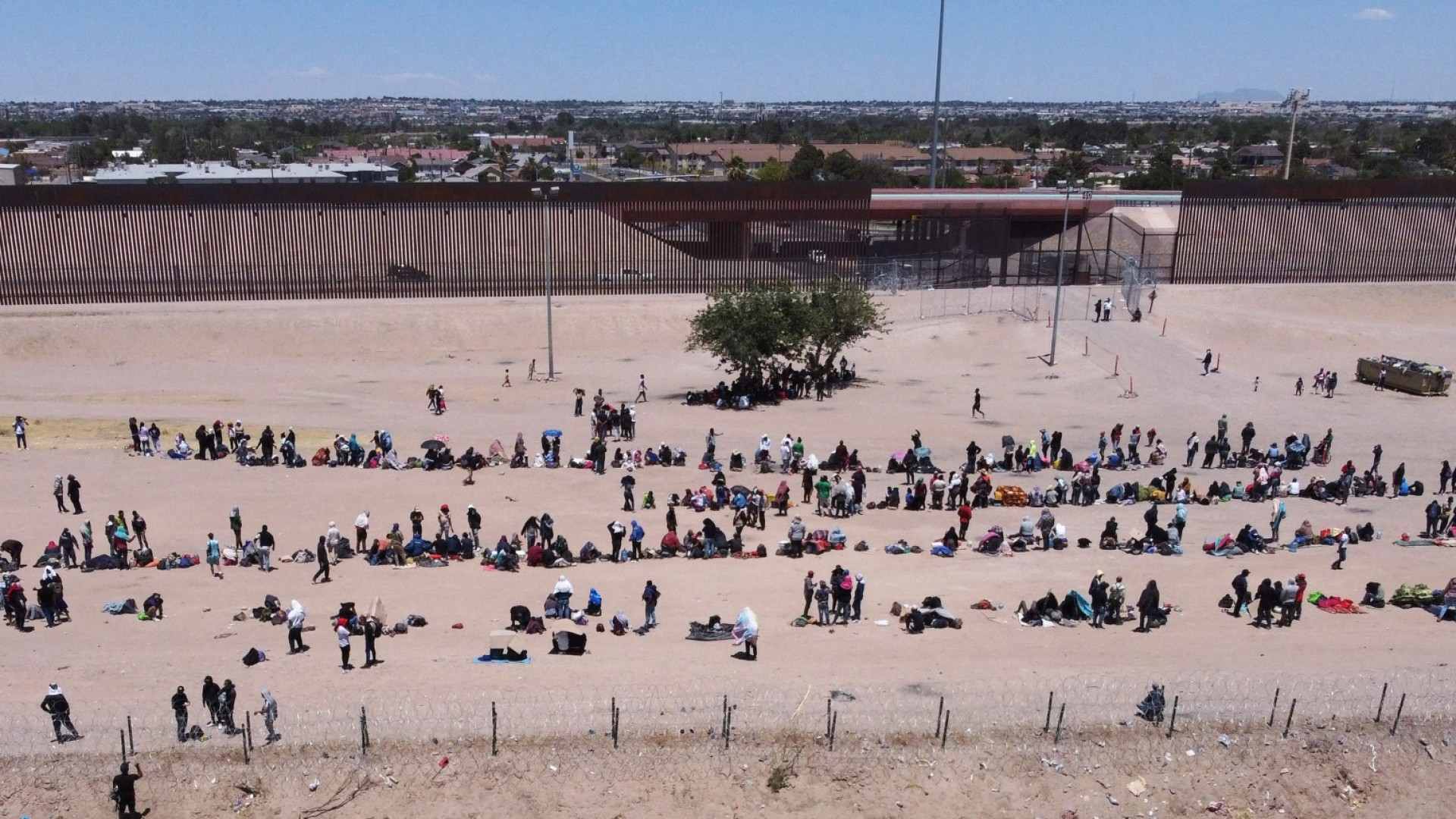Title 42

Title 42 refers to a crucial provision in the United States Code related to public health and welfare. This provision has garnered attention and sparked debates, especially due to its implementation during times of crises, including the COVID-19 pandemic. Enacted as a response to health emergencies, Title 42 has a multifaceted history, evolution, and implications that deserve exploration.
Table of Contents
ToggleHistorical Evolution of Title 42
Title 42 of the U.S. Code encompasses various aspects of public health, social welfare, and civil rights. Section 265 specifically grants the Secretary of Health and Human Services authority to take measures to prevent the introduction, transmission, and spread of communicable diseases from foreign countries into the United States.
The provision dates back to the Public Health Service Act of 1944, a law that consolidated and codified existing legislation regarding public health. Initially, Title 42 focused on preventing diseases like tuberculosis, cholera, and other contagious illnesses from crossing U.S. borders.
Implementations and Applications
While Title 42 has existed for decades, it gained widespread attention in 2020 during the COVID-19 pandemic. The Centers for Disease Control and Prevention (CDC) invoked this provision under the Trump administration to halt the entry of migrants seeking asylum into the U.S., citing public health concerns due to the pandemic.
This implementation resulted in the rapid expulsion of migrants, including unaccompanied children, without due process or the opportunity to seek asylum. It raised ethical concerns and faced criticism from human rights organizations and advocacy groups, alleging violations of international and domestic laws safeguarding refugee rights.
Controversies Surrounding Title 42
The use of Title 42 to justify expulsions of asylum seekers has been controversial and subject to legal challenges. Critics argue that using a public health provision as grounds for immigration policy undermines the rights of vulnerable populations. They contend that there are other ways to address public health concerns without sacrificing humanitarian obligations.
Furthermore, debates revolve around the disproportionate impact of Title 42 expulsions on marginalized communities, including migrants and asylum seekers, highlighting the potential racial and social biases inherent in its enforcement.
Legal and Ethical Dilemmas
Title 42’s application raises significant legal and ethical questions. While public health measures are crucial, critics argue that they should not override human rights and established legal procedures. The provision’s use has blurred the lines between public health protection and immigration policies, prompting calls for a reevaluation of its scope and limitations.
Several court cases challenged the use of Title 42, emphasizing the need for a nuanced approach that balances public health exigencies with humanitarian considerations and legal protections.
Future Considerations and Reforms
As administrations change, there’s ongoing debate about the future of Title 42. The Biden administration initially maintained this policy but indicated intentions to phase it out gradually while exploring alternative strategies to address public health and immigration concerns.
Calls for reform focus on establishing clearer guidelines for invoking Title 42, ensuring adherence to legal protocols, and preventing its misuse for political purposes. A reexamination of public health policies regarding border control and asylum seekers remains a crucial aspect of this ongoing discourse.
Conclusion
Title 42 stands as a pivotal provision enabling the government to respond to public health emergencies. However, its recent use as a tool for immigration policy enforcement has sparked controversies, raising questions about its ethical implications, legality, and potential reforms.
Balancing public health imperatives with human rights considerations and legal obligations remains a complex challenge. The evolving discussions and legal battles surrounding Title 42 underscore the necessity of finding equitable solutions that prioritize both public health and humanitarian values in navigating future health crises and immigration challenges.





